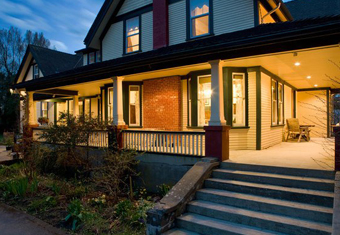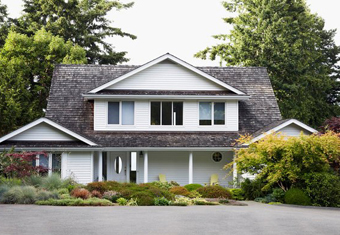BIM is the abbreviation of building information modeling. Structural planning that includes designing and drafting depends largely upon BIM. Tasks that are related to a structural planning of a construction process are leveraged by BIM modeling. Such tasks are making decision in designing, production of quality construction documents, construction planning, estimating the possible cost etc.
One of the main features of 3D BIM modeling is interactivity. Think of a building design that not only presents the inner and outer decorations of the building but gives you the feel of walking through it. 3D BIM modeling makes it possible.
A chief reason that structural planning done earlier by civil or mechanical engineers were not interactive is the absence of graphic rendering. 3D modeling bolstered BIM with its inclusion. In this sense, the architecture industry is incomplete without 3D modeling that propels the growth of advanced computer generated imageries.
Another very significant thing associated with BIM is that it generates ‘Time’ in a design. We all know that for any kind of planning, time is quite important. How much time the full-fledged construction of a building might take, determines if the investment is worth making along with the projected ROI. 3D BIM modeling renders the virtual construction of a building. It’s mostly contextual in case of a project that’s large enough and on going because the BIM enabled imagery gives us near to exact idea of the projected completion time and we can then compare it with our projection.
So these are the reasons that when CAD is applied for construction related works, 3D BIM modeling plays a seriously important role. To be more precise BIM CAD must accompany virtual representation of the project, which requires 3D modeling.
BIM is the abbreviation of Building Information Modeling. Structural planning that includes designing and drafting depends largely upon BIM. Tasks that are related to a structural planning of a construction process are leveraged by BIM modeling. Such tasks are making decision in designing, production of quality construction documents, construction planning, estimating the possible cost etc.
One of the main features of 3D BIM modeling is interactivity. Think of a building design that not only presents the inner and outer decorations of the building but gives you the feel of walking through it. 3D BIM modeling makes it possible.
A chief reason that structural planning done earlier by civil or mechanical engineers were not interactive is the absence of graphic rendering. 3D modeling bolstered BIM with its inclusion. In this sense, the architecture industry is incomplete without 3D modeling that propels the growth of advanced computer generated imageries.
Another very significant thing associated with BIM is that it generates ‘Time’ in a design. We all know that for any kind of planning, time is quite important. How much time the full-fledged construction of a building might take, determines if the investment is worth making along with the projected ROI. 3D BIM modeling renders the virtual construction of a building. It’s mostly contextual in case of a project that’s large enough and on going because the BIM enabled imagery gives us near to exact idea of the projected completion time and we can then compare it with our projection.
So these are the reasons that when CAD is applied for construction related works, 3D BIM modeling plays a seriously important role. To be more precise BIM CAD must accompany virtual representation of the project, which requires 3D modeling.


